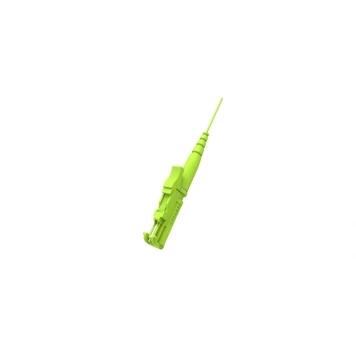Introduction: A Comprehensive Analysis

Fiber optic jumper connectors are crucial components in optical communication systems, ensuring reliable data transmission. However, to guarantee their performance and durability, rigorous quality inspection methods need to be implemented. This article aims to explore and discuss the various procedures and techniques employed to inspect the quality of fiber optic jumper connectors.
1. Visual Inspection
Visual inspection serves as the initial step in assessing the quality of fiber optic jumper connectors. This method involves examining the connectors for any physical defects, such as scratches, fractures, or contaminants. A high-resolution microscope is employed to ensure a thorough examination, allowing for precise identification of potential flaws.
2. End Face Inspection
The end face of the fiber optic jumper connectors plays a critical role in maintaining optimum performance. It is essential to evaluate the cleanliness and quality of the connector's end face. Inspection techniques like interferometry and automated systems are used to analyze the end face for scratches, chips, or contamination. These methods provide detailed images and measurements, ensuring the connector's functionality.
3. Optical Performance Testing
To examine the optical performance of fiber optic jumper connectors, several tests are conducted. One such test is the insertion loss measurement, which assesses the amount of signal loss occurring during data transmission. Another critical test is the return loss measurement, which assesses the reflection of the optical signal. These tests are performed using specialized equipment, such as optical power meters and reflectometers, to ensure optimal connector performance.
Conclusion: Ensuring Reliability in Fiber Optic Jumper Connectors
In conclusion, the quality inspection methods for fiber optic jumper connectors are crucial to ensure their reliability and functionality. Visual inspection, end face inspection, and optical performance testing are key procedures that help identify any physical defects, measure insertion and return loss, and overall assess the connector's quality. By employing these quality inspection methods, potential issues can be identified and rectified, guaranteeing efficient and reliable data transmission in optical communication systems.



